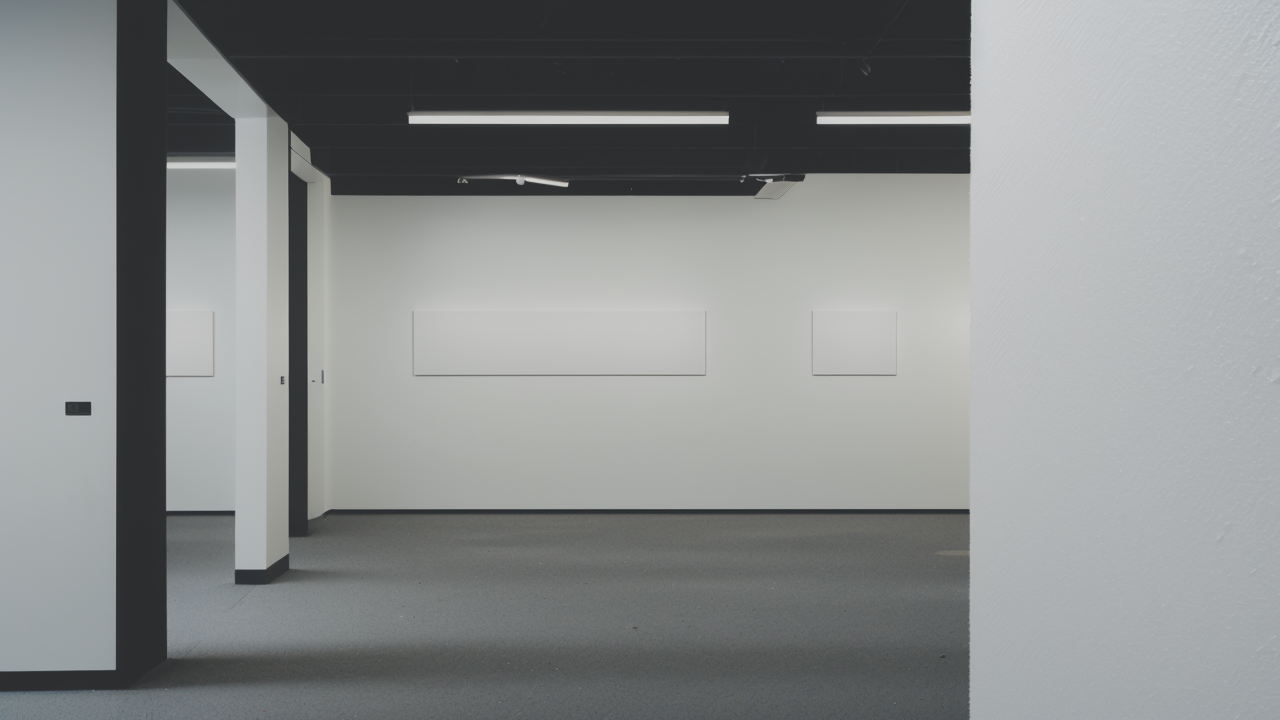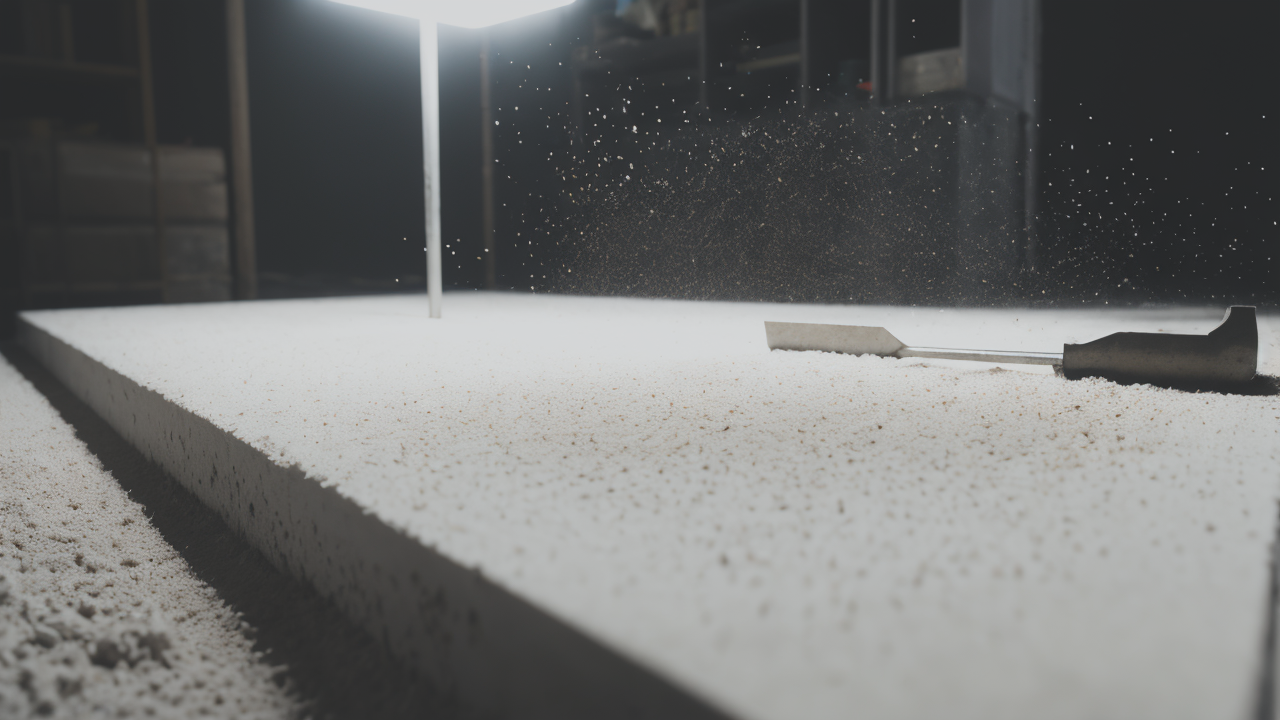
The Art of Plaster: Elevating Minimalist Creations with Textural Depth
The Rise of Minimalism in Art: Embracing Simplicity with Complex Techniques
Understanding the Minimalist Movement
Minimalism in art is about simplicity and clarity. It began in the 1960s as a reaction to abstract expressionism. Artists wanted to create work that was free from personal expression. They focused on the essentials of form and color.

Minimalist art often uses simple shapes and limited colors. It aims to create a sense of order and calm. The goal is to make viewers focus on the artwork itself, not its meaning. This style can be found in painting, sculpture, and even architecture.
Key features of minimalist art include:
- Use of basic geometric shapes
- Limited color palette
- Emphasis on space and light
- Repetition of elements
- Lack of ornamental details
The Role of Plaster in Minimalist Artwork
Plaster has become a popular medium in minimalist art. It offers a unique blend of simplicity and texture. Artists use plaster to create smooth surfaces or add subtle depth to their work.
Plaster allows for both flat and three-dimensional creations. It can be molded, carved, or layered to achieve different effects. The natural white color of plaster fits well with minimalist ideals. It can also be tinted or painted for more variety.
Artists appreciate plaster for its versatility and affordability. It can be used to create large-scale works or small, detailed pieces. Plaster's ability to capture light and shadow adds interest to minimalist designs.
Case Studies: Successful Minimalist Artists
Several artists have made their mark using plaster in minimalist art. Let's look at a few examples:
- Rachel Whiteread: Known for her plaster casts of everyday objects. Her work turns negative space into solid form, creating thought-provoking pieces.
- Robert Ryman: Famous for his all-white paintings. He often used plaster as a base, creating subtle textures beneath layers of paint.
- Donald Judd: While known for his work with metal, Judd also created minimalist sculptures using plaster. His pieces often feature simple, repeating forms.
These artists show how plaster can be used to create powerful minimalist work. They prove that simplicity doesn't mean lack of depth or interest.
Innovative Plaster Techniques for Artists and Designers
Basic Plastering Processes for Beginners
Getting started with plaster is easy and rewarding. Here are some basic techniques for beginners:

- Mixing plaster: Combine plaster powder with water. Follow the instructions for the right ratio. Mix until smooth and free of lumps.
- Applying plaster: Use a trowel to spread plaster on a surface. Start with a thin layer and build up as needed. Smooth out any bumps or ridges.
- Creating texture: Use tools like combs, brushes, or sponges to add texture while the plaster is wet. Experiment with different patterns.
- Molding: Pour plaster into molds to create shapes. Let it set completely before removing.
- Sanding: Once dry, sand the plaster surface for a smooth finish. Use different grits for varied effects.
Remember to work quickly, as plaster sets fast. Practice these techniques to build your skills.
Advanced Plastering Techniques for Professionals
For those ready to take their plaster art to the next level, try these advanced techniques:
- Layering: Build up multiple thin layers of plaster. This creates depth and allows for intricate designs.
- Carving: Use tools to carve into partially set plaster. This technique can create relief sculptures or detailed patterns.
- Inlaying: Embed objects or materials into wet plaster. This adds interesting textures and elements to your work.
- Color mixing: Add pigments to plaster before applying. This creates unique color effects throughout the piece.
- Fresco technique: Apply pigments to wet plaster. This ancient method creates durable, vibrant color.
These techniques require practice and patience. They offer endless possibilities for creating unique minimalist art.
Tools and Materials: Enhancing Artwork with Plaster
To work effectively with plaster, you'll need the right tools and materials. Here's a basic list:
- Plaster of Paris or gypsum plaster
- Mixing buckets and sticks
- Trowels and spatulas
- Sandpaper (various grits)
- Carving tools
- Molds (if desired)
- Pigments (for colored plaster)
- Protective gear (gloves, dust mask)
Quality tools make a big difference in plaster work. Invest in good trowels and spatulas for smooth application. Experiment with different carving tools to find what works best for you.
Don't forget safety gear. Plaster dust can be harmful if inhaled. Always work in a well-ventilated area and wear a mask.
Marketing Strategies for Plaster-Based Artwork
Crafting a Unique Selling Proposition for Plaster Art
To stand out in the art world, you need a strong unique selling proposition (USP). For plaster art, focus on these points:

- Texture and depth: Highlight how plaster adds tactile interest to minimalist designs.
- Versatility: Showcase the range of effects possible with plaster, from smooth to highly textured.
- Sustainability: Emphasize the eco-friendly nature of plaster compared to some other materials.
- Timelessness: Connect your work to ancient plaster techniques while showing modern applications.
- Customization: Offer commissioned pieces that fit clients' specific needs and spaces.
Your USP should clearly communicate why your plaster art is special. Use it in all your marketing materials.
Digital Marketing Tips for Promoting Minimalist Plaster Creations
In today's digital age, online marketing is crucial. Here are some tips for promoting your plaster art:
- High-quality photos: Invest in good photography. Capture the texture and depth of your work.
- Social media presence: Use platforms like Instagram and Pinterest to showcase your art. Post regularly.
- Virtual gallery: Create a website to display your portfolio. Include an online shop if possible.
- Video content: Make short videos showing your process. This gives viewers insight into your craft.
- Email marketing: Build a mailing list to keep fans updated on new work and exhibitions.
- Collaboration: Partner with interior designers or architects to reach new audiences.
Remember to stay consistent with your brand image across all platforms. This helps build recognition.
Building a Community Around Minimalist Art Aesthetics
Creating a community can help boost your art career. Here's how to build one around minimalist plaster art:
- Host workshops: Teach others about plaster techniques. This builds interest and positions you as an expert.
- Attend art fairs: Connect with other artists and potential buyers at local and national events.
- Join online forums: Participate in discussions about minimalist art and plaster techniques.
- Collaborate with other artists: Create joint projects or exhibitions to expand your network.
- Start a blog: Share insights about your process and the minimalist art world.
- Engage with followers: Respond to comments and messages. Make your audience feel valued.
Building a community takes time, but it can lead to loyal fans and repeat customers. It also provides valuable feedback and inspiration for your work.


